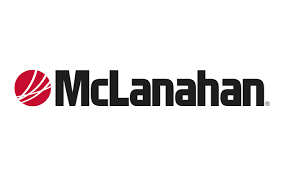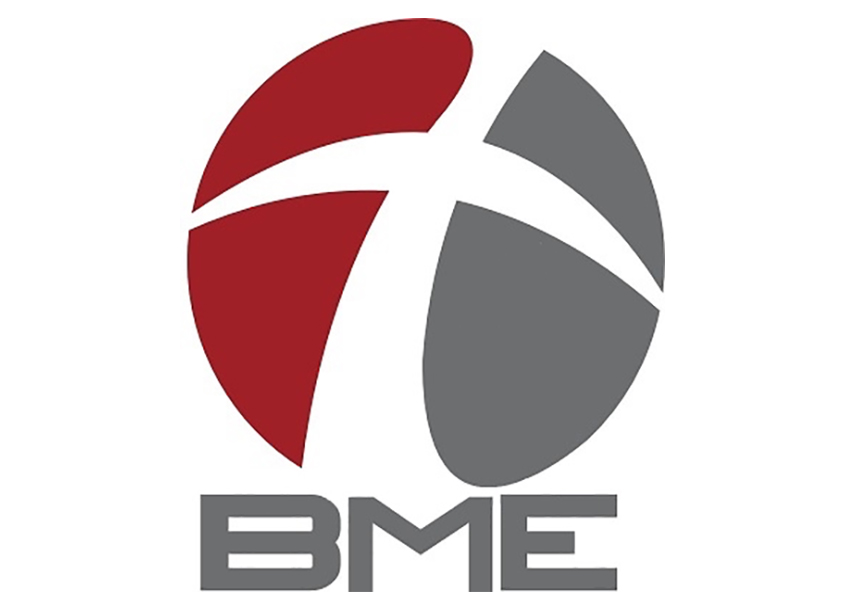Sustainability initiatives in the shale and tight oil sector are gaining strong momentum. This progress is driven not only by regulatory requirements but also by the commercial benefits of cleaner, more efficient operations. These efforts are regularly evaluated and benchmarked by industry and environmental stakeholders, supporting a transparent and results-focused path to continuous improvement.
Transition to Cleaner Energy and Fuels in Frac Sand Operations
One of the most effective steps companies can take is transitioning to cleaner fuel sources and electrified processes in mining and transport operations. Replacing diesel-powered equipment with electric or hybrid alternatives, especially for short-haul rail and last-mile trucking, can significantly reduce particulate emissions and greenhouse gas output. These investments offer clear environmental benefits and are becoming increasingly cost-competitive with traditional options, particularly as fuel prices fluctuate and carbon reduction incentives grow.
Optimizing Water Usage and Dust Suppression
Water use efficiency and effective dust management are two critical sustainability levers in frac sand production. Technologies that support closed-loop water systems, along with advanced dust control solutions such as chemical suppressants and enclosed conveyors, can greatly reduce water withdrawal and air emissions. Broad adoption of these practices across major basins could lower environmental compliance costs and strengthen community relations, particularly in areas where water scarcity and air quality are major concerns. These improvements also present a commercial opportunity by enhancing long-term site viability and reducing permitting risks.
Investments in Land Reclamation and Conservation
Environmental stewardship now extends beyond active operations. Forward-looking producers are investing significantly in land reclamation efforts, including topsoil preservation, habitat restoration, and vegetative replanting, to support long-term ecological balance after mining concludes. Industry estimates suggest that comprehensive reclamation programs, when applied across the Permian Basin and other high-production zones, could generate more than USD 620 billion in avoided regulatory costs and future development value over the next decade.
Facility Management Systems and Emissions Tracking
Sand mine operators and logistics firms are increasingly using advanced facility management systems to monitor and control emissions, fuel consumption, and site activity in real time. These systems can reduce energy costs by up to 35% by optimizing power use based on actual loading, processing, and storage conditions. Additionally, automated environmental reporting tools enable rapid data collection and support compliance with air quality and water use regulations.
Use of Energy-Efficient Motors and Conveyor Systems
The use of high-efficiency motors and variable speed drives in crushing, washing, and conveying systems has significantly reduced electricity consumption. Traditional operations often run equipment at full capacity regardless of actual demand, resulting in excess energy use and premature wear. By integrating smart motor controls and condition-based monitoring, companies are extending equipment lifespan, lowering maintenance costs, and reducing both noise and carbon emissions. These technologies are especially important for processing plants located near population centers, where environmental impact is under closer scrutiny.
Many exhibitors at Frac Sand USA 2026 will showcase the latest sustainable technologies and solutions for frac sand operations. From emissions-reducing transport systems to circular water reuse platforms and intelligent power management tools, the event will highlight practical ways to align profitability with environmental responsibility across the shale and tight oil ecosystem.













